Setting the Scene
The COVID-19 pandemic has shifted the operational dynamics of Revenue Cycle teams and the healthcare landscape as a whole. Mirroring the trend observed in other industries, healthcare teams transitioned to remote work. Leaders and staff alike acknowledged the newfound flexibility in achieving a harmonious work-life balance, while a blend of existing and new technologies was integrated to nurture team cohesion and foster a shared sense of unity. While in this new landscape, scaling up on innovation and growth is prompted by pressures the pandemic has put on the healthcare system.
Rewinding time and focusing on the pre-pandemic world, providers functioned within an environment marked by a consistent rise of patient visits, extensive health insurance coverage inclusivity leading to increased reimbursement.
The Issues
The problem is two-fold: providers are jumping through hoops, short on resources, and undergoing labor-intensive processes in order to receive payment; on the other hand, payers are not only still catching up from 2020 denials post-COVID19, but are adjusting to the new expectations of patients, providers, and employers, whose behaviors and incentives have shifted. We have observed a 55% increase of internal and external follow-up activities to resolve claims over 90 days old. Multiply that by all the different scenarios, payers, specialties, EMR’s, and work queues, it’s overwhelming to manage and prioritize new versus old A/R at the highest level.
The Impacts
When comparing the pre-pandemic environment to what it exists as now, there is no question that COVID-19’s emergence had fundamentally disturbed what payers and providers alike once knew. Now, both providers and payers in tandem are experiencing the challenges rising from the aftermath of the pandemic.
- The productivity landscape has been impacted due to fluctuations in payer staffing strategies.
- Payer communication methods are increasingly becoming less streamlined and impactful.
- Established payer relationships have been disrupted; it has been increasingly more difficult for providers to connect with the right individuals to effectively drive claim resolution.
The Question
How can Revenue Cycle Teams implement certain solutions to establish the path to continuous reimbursement?
To drive reimbursement and increase productivity, the following approaches are instrumental:
Asking the question, “Are the set KPIs and metrics revised to reflect this new era?” Rally your team to revisit the fundamental principles and steer clear of being swayed by payer justifications or prolonged waiting times.
- Creating a variance report with your core KPI’s
- Trending month over month, quarter over quarter, year over year
- Specifying granularity to your core KPI’s
- Using our same measurements and trends but slicing by specialty, payer, vendor, and age bucket
- Defining other ways to calculate your KPI’s and related metrics
- Evaluating beyond dollars, volumes such as accounts/claims, patients, and distinct payers
- Quantifying how many activities it takes to drive similar resolutions across payers
- The amount of time and distinct actions from your teams is imperative to share with payers
Providers believe that collaboration between themselves and payers is a key to success for their practices and organizations. With 94%1 highlighting the importance, showcasing the hoops teams must jump through while sharing that some technologies (i.e. chats, portals) and interactions are not of any value is critical in managing your relationships. Payers are making changes that benefit their operations, teams, and KPI’s. Are you and your team prepared to make changes to benefit your goals?
HCM partners with providers to define and design the right vendor partnership that provides value beyond the standard expectations that come with Revenue Cycle vendors.
https://www.aha.org/infographics/2022-11-01-survey-commercial-health-insurance-practices-delay-care-increase-costs-infographic

